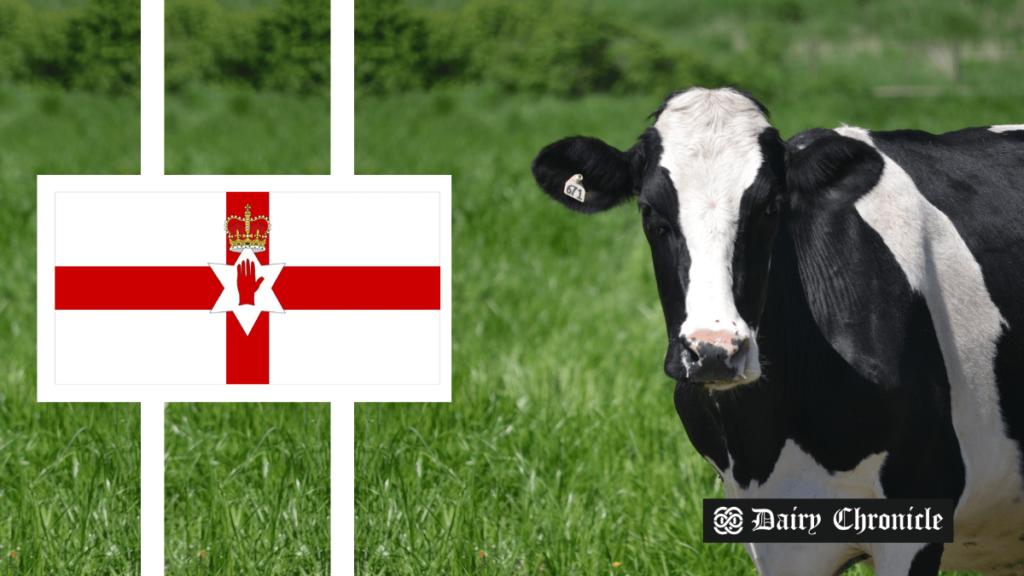Ivan Minford from Ai Services highlights the importance of boosting milk components and output for dairy profitability in Northern Ireland. Emphasizing the role of breeding sires and improving milk quality, he discusses current challenges and market trends in the dairy sector.
Ai Services, a leading breeding information organization specializing in dairy genetics, has underscored the importance of enhancing milk components and output for improving profitability on dairy farms across Northern Ireland. Ivan Minford, a breeding information specialist at Ai Services, emphasized that while increasing milk production is essential, the quality of milk components is equally critical.
Minford explained that the total solids produced by cows during lactation are closely linked to the volume of milk delivered to the bulk tank. “The good news is that selecting breeding sires with positive traits for both milk output and enhanced components is possible,” he noted. This focus on boosting production is particularly relevant in challenging weather conditions or during periods of limited grazing, which can lead to extended confinement and increased input costs.
During the recent launch of Ai Services’ new dairy sire catalogue, Minford pointed out the sustained demand for sexed dairy sires, stating that 90% of the dairy straws sold are sexed. He added that this trend is unlikely to decrease, given the continued need for replacement dairy heifers in the region, which is driving the market for sexed semen.
The expert further elaborated on the heritability of traits like milk production, which can yield significant improvements in herd performance over just a few generations. In contrast, traits such as fertility require a longer-term strategy. Nonetheless, dairy operations committed to these breeding strategies are experiencing notable gains in their herd’s performance.
As the autumn calving season unfolds in Northern Ireland, the dairy market is strengthening, aided by improved winter milk bonuses from processors. However, concerns linger regarding potential shortages in winter forage stocks and the quality of silage produced over the past few months.



